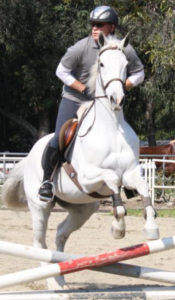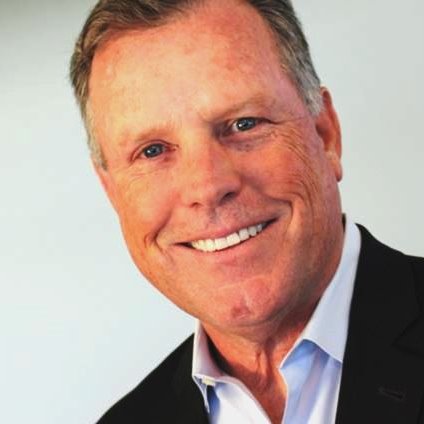
So many of us have had leadership lessons learned from horses! Each month we will feature a guest blogger—leaders who practice trust-based leadership at their own organizations. In our FIRST GUEST BLOG we feature the work of John Janclaes, President and CEO of Partner’s Federal Credit Union.
I enjoy trying new physical and mental challenges – put the two together and I am really intrigued, which is partly why I recently took up horseback riding. So far, I’ve logged more than 5,000 hours in the saddle, (all under the guidance of a devoted coach) and developed a healthy new respect for this activity.
 Unlike any other sport I have attempted, riding is unique in that it requires two individuals – rider and horse – to perform as one, and the two must communicate effectively, which can be daunting, as the horse’s English language skills are pretty limited.
Unlike any other sport I have attempted, riding is unique in that it requires two individuals – rider and horse – to perform as one, and the two must communicate effectively, which can be daunting, as the horse’s English language skills are pretty limited.
The rider communicates with the horse by using “natural aids“– the rider’s voice, hands, feet, and “artificial aids” – whip or “crop” (a.k.a. whip) that ask a horse to respond in a certain way. As my riding skills slowly progress, I am learning that the horse’s personality and how well it is listening determines the intensity with which I should use an aid.
On rare occasions, I’ll use a crop to ask the horse to do something. This does inspire a response, but, if used too often, can cause the horse tension and impede performance.
Overall, when a horse listens, and I ask appropriately, the partnership is successful and both the rider and horse enjoy the ride. One thing to keep in mind – a good rider doesn’t blame a poor ride on their horse, but instead focuses on how best to ask for better performance.
The key then to becoming an effective rider is to develop mastery of your aids – know how to dial each one up or down appropriately, how to use them in concert with one another, and, most importantly, how to apply them based on your understanding of your horse’s temperament.
As you’ve probably surmised, this discussion is metaphorical – as solid communication, critical for peak performance in horseback riding, is just as crucial in leadership. Our communication aids, which help determine performance, are numerous – “one-on-one” or “one-to-many” conversations, the written word, etc.
I know we’ve all encountered a leader with one dominant leadership style – can you picture a crop?
Developing our communication skills requires a commitment to mastery, which means we are never done. Additionally, great leaders don’t ask for nor do they expect better performance without first evaluating themselves.
I invite you take a moment and review an inventory of effective leadership communication practices below:
Leader Communication Effectiveness Self-Assessment
- Use a “partnership” approach (not “top-down”) to generate peak performance
- Set a clear work standard that is Specific, Measurable, Actionable, Realistic, and Time-bound (S.M.A.R.T.)
- Address resistance, correct behaviors and / or use praise to reinforce good performances
- Use vocabulary or nomenclature that is understood by the team
- Develop a progression of communication tactics, subtle to more forceful
- Develop a strategy of blended communication tactics, each reinforcing the other
- Understand that over-communicating (nagging) can create frustration, or worse, a numbing effect that causes the team to no longer be responsive
- Use progressive discipline sparingly and only after they have effectively communicated expectations. Problems are more often poor communication from the leader than poor execution by the team
- Assess their inventory of communication tools for strengths and weaknesses
- Have a plan to develop their skills, and eventually, gain mastery of them
- Have a plan for communicating, based on their knowledge of the team
- After engaging the team – reflect on their performance
- Ask a knowledgeable coach to critique their performance in order to improve
Instructions:
To get a sense of your communication effectiveness, complete the self-assessment above: rate your strength on a scale of 1 to 5 in the areas outlined above. Simple place a dot on the grid where your answer (1-5) intersects with the question that you are rating. Finally, turn the page to landscape position (Width 11″ x Length 8.5″) and connect the dots with a heavy line thereby creating a graph. In what areas do you fall below or above the “average performer”?
If you would like to contact John Janclaes, you may do so at:












